Picture Study – Charlotte Mason Mondays
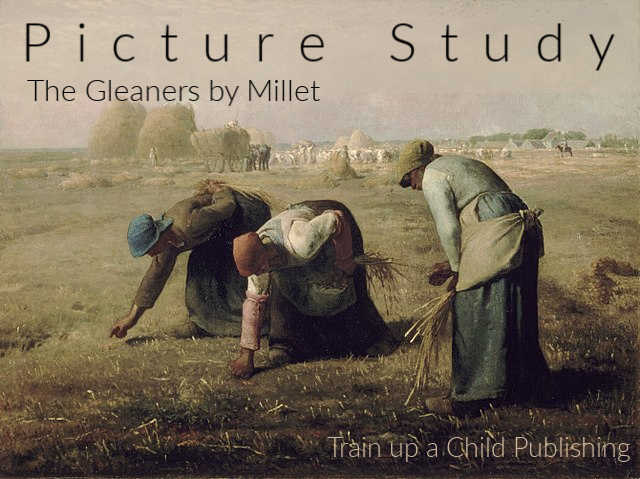
I know what you’re thinking. “I don’t have time for Picture Study and know nothing about art.” (Right?) If this is what you’re saying to yourself, keep reading to see how easy it is. I know you’re busy, but Picture Study can fit into your week’s nooks and crannies without spending much time or buying another curriculum.
So what is it exactly? Picture Study is the regular observation and study of one artist’s work for a set period of time. The focus of picture study is not to give your child a complete academic history of art. Instead, it’s to give children a chance to study a number of works by a specific artist for a set period of time (before moving on to another artist).
Like the rest of Charlotte Mason’s methodology, Picture Study is about your child forming a ‘relationship’ with excellent art. You’re going to be surprised how simple it is to include in your children’s home education.
And activities such as Picture Study and Music Study can help bring your child’s home education to life without adding another “subject” to your homeschooling!
So, if you want to see just how easy it is to do picture study as well as see the results of this simple practice, keep reading to see an example art narration by a nine-year-old that might surprise you.
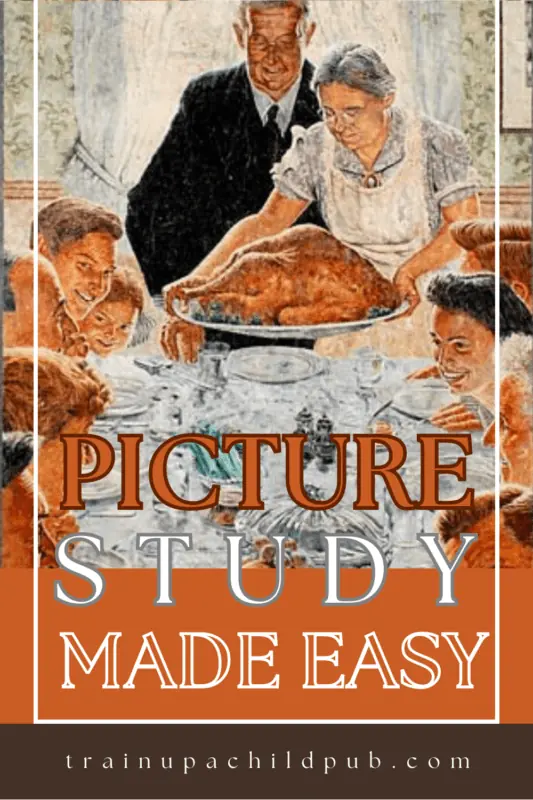
Guizot on Picture Study
The Study of art is a taste at once engrossing and unselfish, which may be indulged without effort, and yet has the power of exciting the deepest emotions—a taste able to exercise and to gratify both the nobler and softer parts of our nature.
Just as we want to give our children “ideas on which children’s minds [can] feast” through reading exceptional living books, we can also give our children regular exposure to and study of excellent artwork.
A hallmark of the Charlotte Mason method of teaching and learning is Picture Study. Recently I helped a fellow homeschool mom incorporate it on a regular basis into her homeschooling. Fortunately, Ms. Mason provided a clear blueprint for easily including picture study in our homeschooling. So, let’s get started!
Charlotte Mason’s Suggestions for Picture Study
- Begin early. Age six is not too early to begin.
- Choose about six pictures of one artist to study each term. Rather than muddy children’s minds with continual but random art selections, Ms. Mason thought it beneficial to help her students get to know one artist at a time each term. If your homeschooling isn’t organized by term, you could choose an artist per month, per Unit, per semester, or whatever works best for your schedule. The idea is that you study several paintings from one artist at a time.
- Give your student time to experience each painting by keeping it on display for a week or two. Give students time to connect with each work. Put it in a prominent place so your students can see it during their typical day.
- Let your students quietly study the painting first. Resist the urge to discuss the artist’s background and your analysis of the piece. Give only the briefest information necessary to enhance your children’s experience with the painting before giving them a chance to connect with the picture and tell you about it. Respond positively to all of your kids’ thoughts and opinions.
- Ask your students to give you an oral or written narration of the painting. Narrations consist of their response after you ask, “Describe the painting as you were talking to me on the phone, and I couldn’t see it.” Younger students will be most comfortable with oral narrations, but older children could give you either oral or written ones. Alternative assignment: Let the student study the picture for a time, then put it away. Have your student narrate (describe it) from memory.
- Have your students choose a favorite piece each term/unit/semester/month to imitate by drawing or painting. This is an excellent way to incorporate those skills into your schooling.
With Train up a Child Publishing curricula, we organize our studies chronologically, beginning with Creation and ending with Modern times. Consequently, we study art and music that way, too. So, we study artists and their creations as we study the time periods they lived and worked.
By the way, did you know that science backs up curricula design that integrates subjects such as art and music (and history and science)? Scientific research has found that integrating subjects is the natural way we learn. So when your home education integrates subjects, it makes information easier for our children to remember. In fact, according to a research study,
When an integrated curriculum model is used in the classroom, student knowledge,learning and increased cognitive ability can increase. Watkins, D., & Kritsonis, W. (2011).
And if that’s true in a classroom, you can imagine how much better it works in a home situation where you have control of all the subjects!
An Example of Picture Study
Following is an example from Charlotte Mason’s Home Education of an oral narration given by a nine-year-old boy. Prior, he studied six of artist Jean-François Millet’s works during a twelve-week school term. Then children were asked to describe their favorite of the six paintings at the end of the twelve weeks. Below is the painting, The Sower:
And this is the nine-year-old student’s narration:
‘I like The Sower the best. The sower is sowing seeds and the picture is all dark except high on the right side where there’s a man plowing a field. While he’s plowing, the sower is sowing. He has a bag in his left hand and he’s sowing with his right hand. He’s wearing wooden clogs. It’s about six o’clock in the morning. You can see his head better than his legs and body because it’s against the light.’
This student had spent concentrated time observing this painting to remember so much detail. It seems funny that children can learn without us “teaching.” But a certain amount of learning happens automatically when children are focusing on something… with very little help from us.
Related Post: Picture Study with Older Students.
Artists to get your family started
This list of artists includes dates, so you may organize your art study chronologically if you want to incorporate picture study into history as we do. I’ve included the Unit(s) when each artist lived in case you’re using our Unit Program Tools curriculum.
Giotto (1266-1377) Middle Ages Unit
Leonardo da Vinci (1452-1519) Renaissance & Reformation Unit
Albrecht Durer (1471-1528) Renaissance & Reformation Unit
Caravaggio (1571-1610) Renaissance & Reformation Unit
Peter Paul Rubens (1577-1640) Renaissance & Reformation Unit
Diego Velazquez (1599-1660) Renaissance &Renaissance & Reformation Unit
Rembrandt van Rijn (1606-1669) Renaissance & Reformation Unit
Jean Francios Millet (1814-1875) Westward Expansion Unit/Civil War Unit
Claude Monet (1840-1926) Immigration Unit
Pierre Auguste Renoir (1841-1919) Immigration Unit/Modern Unit
Mary Cassatt (1844-1926) Immigration Unit/Modern Unit
Frederic Remington (1861-1909) Civil War Unit
Grandma Moses (1860-1961) Immigration Unit/Modern Unit
Don’t forget to add some modern and American painters – our favorites are Norman Rockwell and N.C. Wyeth.
To add to your enjoyment and appreciation of picture study, don’t forget to visit your local art museum and the museums you encounter on your vacations and travel. You’ll be glad you did!
So how have you incorporated picture study into your homeschool? If you haven’t — use this post to get started!
Enjoy!
![]()
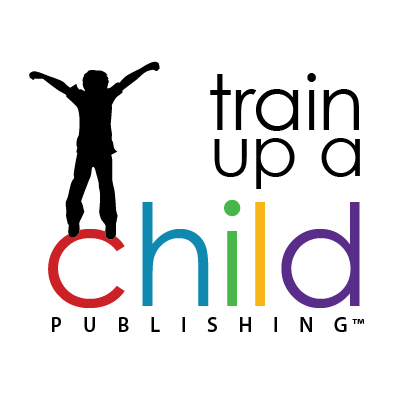
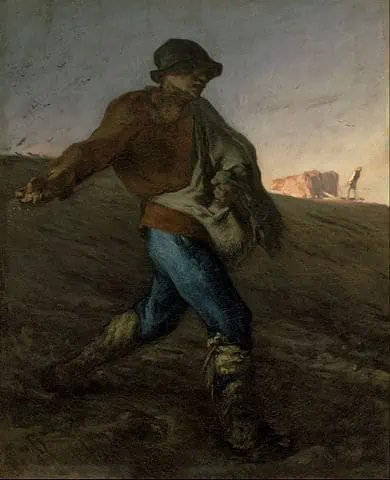
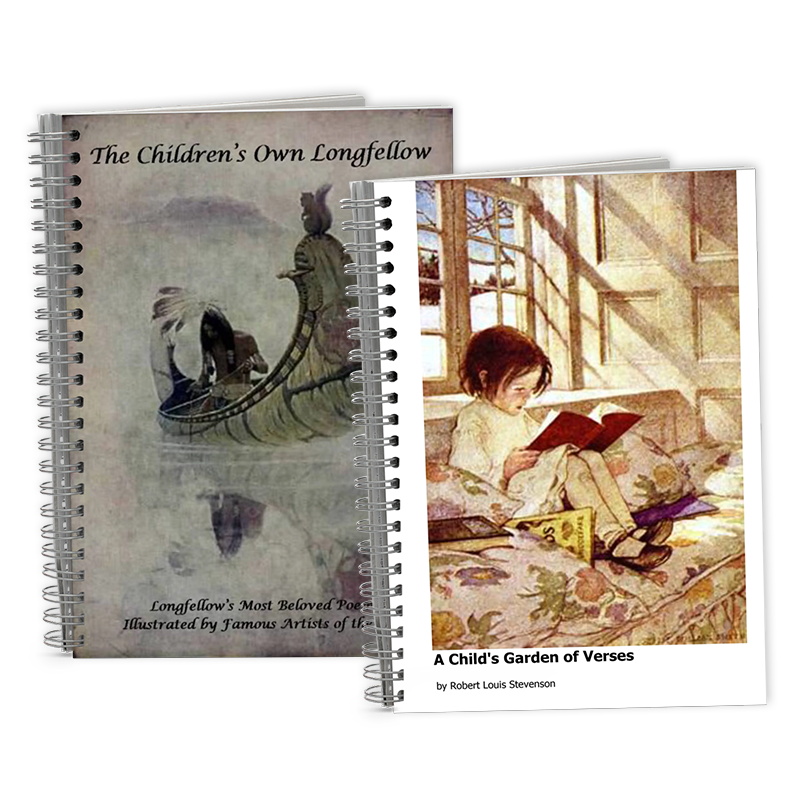
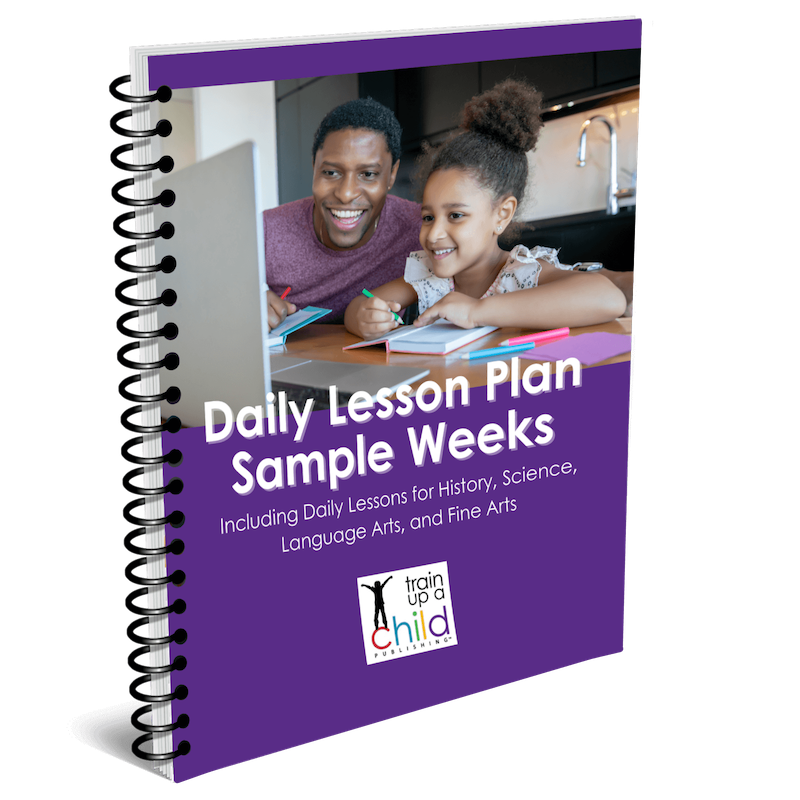
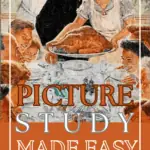
Where do you get art work??
Hi Kim, sometimes you can check out art from a public library. But if you don’t have access to a public library with art, look up the artists I listed in my post on Wikipedia. There are often pictures of paintings you can print. You also can take a virtual tour of an Art Museum. Here’s a post that includes several excellent art museums: https://www.travelandleisure.com/attractions/museums-galleries/museums-with-virtual-tours. Enjoy!
Wonderful post, Dana! Thanks for sharing! 🙂
Thank you, Jamie! And thanks for reading and for your kind comment.
WONDERFUL!!!! You have inspired me! I love it!
I’m so glad you’re inspired, Ida Red! You’ll love picture study!
This is a great overview, Dana! I’ve linked to you on my artist study lens.
Thank you, Jimmie! I love your artist study lens, btw! (And I’m thrilled you’re going to include my post!)
Thanks for adding this to the CM Carnival! We love picture/artist study at our house, too!
Hi Cindy, I’m glad you enjoy picture study at your house. Thanks for sharing!
Blessings,
Dana
What a great post! I’ve felt at a loss as to how to introduce art appreciation to my children. I love the gentle and unintimidating approach that’s suggested. I can’t wait to begin! Thanks so much.
I love this whole picture study concept. Many would not think to introduce youngsters as young as 6 to the great artists. This is a fabulous way to do it. Kids so love art and pieces of artwork. The projects to do at the end are always so much fun.
Thank you for sharing your thoughts on picture study, Danielle and Kris! I think we are often intimidated if we don’t know much about art. What I like about the Charlotte Mason approach is that a lot of knowledge is not required. With most of our students, we are looking more for exposure and personal connection with the artwork. So nothing to be intimidated about, right? 🙂